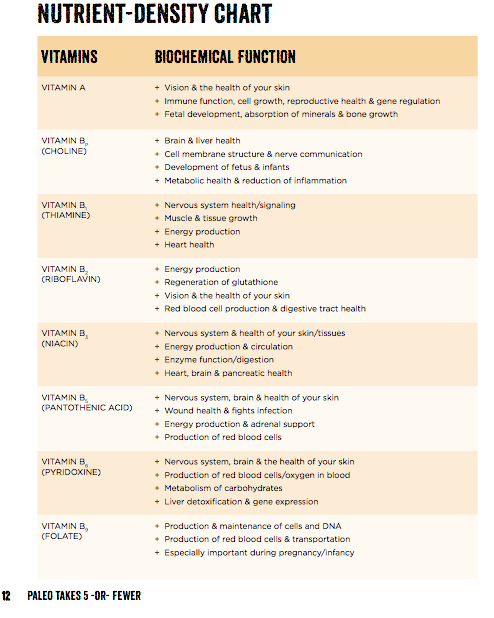For me, this is easy. I am (healthily) obsessed with cooking - most of the time I would choose to eat my own food to eating out.
Eating healthy is one of the most important things we could do for ourselves and our families - all the time. But right now, when keeping our immune systems performing at the highest capacity could determine life or death, it is indispensable. We need vitamins A, D, E, and C, and minerals like zinc, selenium, iron, and copper to keep our immune systems working well and getting them from food, not supplements is the best way to go.
Now that we are in captivity and spending much more time at home, we have an opening to embrace home cooking and all the physical, emotional and creative joys that come from it. I realize time spent in the kitchen may not be as cathartic to others as it is for me - chopping onions may bring tears to your eyes in more ways than one.
And for you, I write this. Here are some ways to simplify home cooking - and reset the way you think about it.
1. Focus on nutrient density. When I cook, I try to prioritize getting as many nutrients as possible. You may be thinking, great, no wine, no carbs. This mindset around food would make me very unhappy - deprivation has nothing to do with this. It is more about choices. (Low sugar, natural wines, smart carbs). Let your nutrient rich foods be the stars of the show, and let the rest be the supporting actors. (Some examples: dark leafy greens, cruciferous vegetables, a rainbow of colored vegetables and fruits, wild salmon, organ meats, bone broth. With every decision we make in life, inclusive of food choices, we are either choosing to a longer and better life, or the opposite.
2. Remove vegetable and seed oils (canola, sunflower, safflower, soy). Stick with extra virgin olive oils, grass fed butters, ghee, tallow, lard.
3. Choose simple recipes and be flexible. You can do a lot with 5 simple ingredients - and if you find you don’t have all the ingredients you need for a specific recipe, there are many ways to substitute. Often an online search can help you do this. There are thousands of recipes online and thousands of different ways to search for them. (One site I love to explore for new ideas is Food52). Here is a link to a few of my favorite soups, perfect for chillier days. And here is a gut-healing, super nourishing bone broth recipe.
4. Get creative. Find your cooking voice. Different seasonings, dressings and sauces can turn a “plain” meal into a transcendent experience. Be adventurous and willing to experiment.
5. Make more than you think you need. Our neighbors have a guava tree in front of their house. We opened the door a few days ago to find a lovely handwritten note and a jar of homemade guava paste. A thoughtful gesture like this has the ability to change a person’s day - as it did mine. Share your abundance with friends and neighbors. Or, save them for another day. Leftovers can (usually) be frozen.
6. This is a bonus. Have you experimented with intermittent fasting or compressed feeding windows? Now would be a good time. Inadvertently, you’d be cooking (and eating) less and doing your body good - it can help boost immune functioning and cellular clean up. If this is new to you, here are some ways to go about fasting.
If you’d like to talk about meal planning, prepping or even just some ideas for recipes, contact me. It would be my pleasure to help.
Do you have any cooking secrets or stories to share? I would love to hear them.




